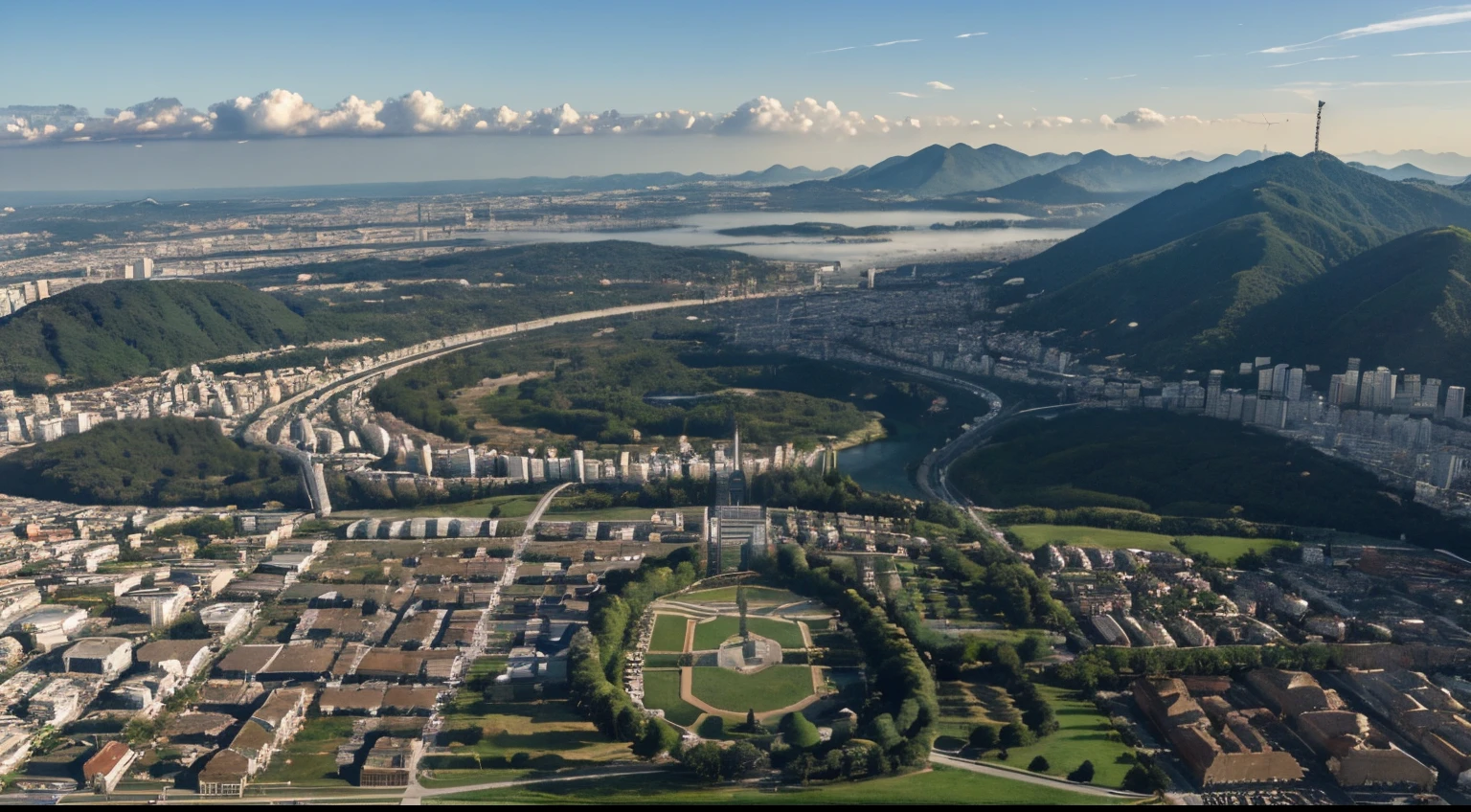Aerial view of a city with a river and mountains in the background

プロンプト
プロンプトをコピー
Antigamente
,
cities were organized on a hierarchical scale
,
with the metropolises at the top
,
followed by medium-sized cities and
,
por fim
,
pelas cidades menores
.
This structure reflected the concentration of power and resources in the largest cities
,
that attract investment and development
.
No entanto
,
with the evolution of means of communication and transport
,
distances and physical barriers are no longer an obstacle to accessing goods and services
.
Hoje em dia
,
It is possible to make purchases and financial transactions online
,
take quick plane trips and have access to instant information anywhere in the world
.
This ease of access has led many inhabitants of smaller cities to move directly to large cities
.,
looking for more consumption options and job opportunities
.
This has generated a phenomenon of population concentration in large cities
,
o que
,
por sua vez
,
intensifica os desafios urbanos
,
como problemas de infraestrutura
,
housing and urban mobility
.
Ademais
,
globalization has also allowed smaller cities to specialize and become important regional or even national centers in certain sectors of the economy
.
Por exemplo
,
there are specific cities focused on tourism
,
the automobile industry
,
a tecnologia
,
entre outros
.
This new urban hierarchy brings challenges and opportunities for the sustainable development of cities
.
Por um lado
,
population concentration in large metropolises can generate social and environmental problems
,
como falta de moradia
,
pollution and congestion
.
Por outro lado
,
smaller cities have the chance to specialize and develop in a more balanced way
,
com menos desigualdades e mais qualidade de vida para seus habitantes
.
情報
Checkpoint & LoRA

Checkpoint
epiCRealism
#風景
#リアリスティック
コメント:0件
0
0
0









